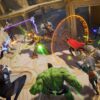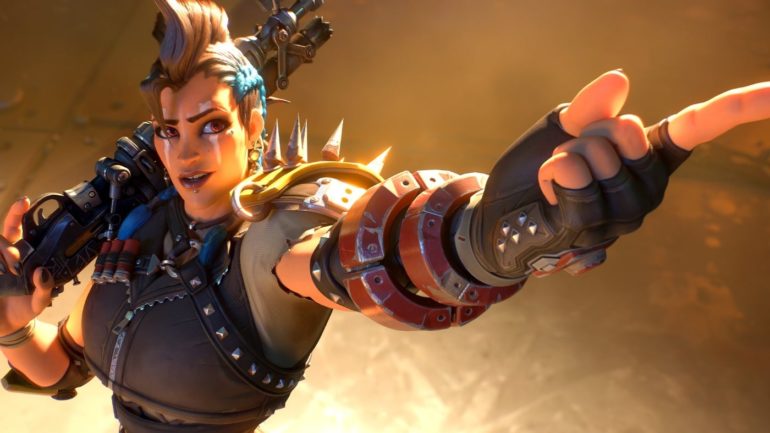Hot off the heels of last month’s closed beta, Blizzard has announced that Overwatch 2 will be coming to players as a free-to-play live service later this year. We got an extensive hands-off preview ahead of the reveal courtesy of Blizzard, which has not only shed some more light on the overall goals of Overwatch 2 as a sequel to 2016’s game of the year, but also how they plan to approach the live-service model.
While a majority of the content talked about was PVP focused, there were some fleeting details on the PVE component of Overwatch 2 that’s to follow this year’s launch. Game director Aaron Keller emphasized that Overwatch 2 is going to have a focus on the game always having something to do, there should always be a reason to login and play Overwatch, while also targeting pain-points for players and making adjustments to the broader game that shift the meta in big ways.
During the roughly two hours of time spent previewing Overwatch 2, Blizzard outlined its goals for live-service, changes to the overall game, new content delivery, an overhauled competitive experience, what they hope to deliver with PvE and so much more. In short, this is a reworked and upgraded Overwatch that’s designed for veteran players, and those who have never delved into Blizzard’s darling hero-shooter.
Here’s everything you need to know about Overwatch 2.
When’s It Out?
Overwatch 2 launches on October 4th, 2022, with the PVE component to launch sometime in 2023.
Reimagined PVP
Overwatch 2’s biggest design change in comparison to the first game is the jump from 6v6 to 5v5, meaning you have one less tank per team. Game director Aaron Keller cited that two tanks was just too much in current Overwatch, aside from long queue times if you look to play any other role, there was a huge problem with shields and crowd-control that gave way to a meta of poking and slow gameplay.
To compensate for this, almost every tank has been reworked or buffed in someway so that they can fill the role of a single tank. Additionally, crowd-control is almost completely eliminated from the entire game, encouraging tanks to really get in there and start tearing up the enemy team.
The main goal with this change was to ensure that every player feels like they have an impact on every match they play. The effectiveness of tanks in the current game is too overbearing so Blizzard looked for a way to reel them back in without mitigating the strengths they should have.
A Live-Service Approach
Perhaps the biggest news that came out of the preview, was the information that Overwatch 2 would adopt a seasonal model similar to that of other live-service titles. Each season lasts 9-weeks, bringing with it either a new hero, map, or mode, alongside countless new skins, and a shiny new Mythic Skin.
Season 1 launches alongside PVP on October 4th. As its the kickoff, this drop is rather large in terms of content. In particular, there will be three new heroes, one new game mode, six new maps, over 30 new skins, and the ridiculously cool Genji Mythic Skin.
Season 2 is to follow shortly after on December 6th, bringing with it a new tank hero, a new map, another set of over 30 new skins, and a new Mythic Skin. To set expectations going forward, Blizzard clarified that heroes will be added to the game every second season, and there will always at least be a new hero, map, or game mode to look forward to with each drop. PVE will also receive additional content through the live-service after it launches in 2023.
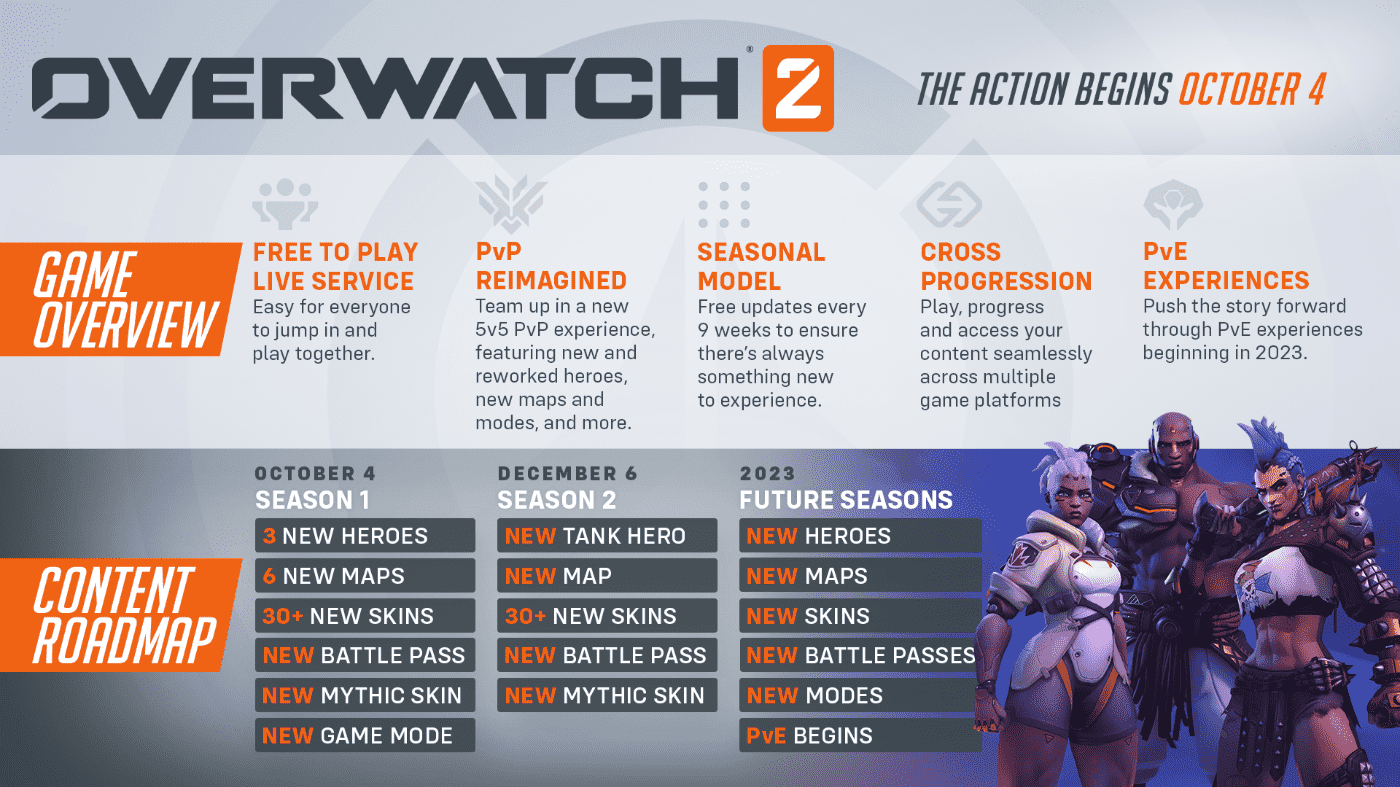
An Evolving Roster
One of the main reasons so many people gravitate towards Overwatch its diverse roster of unique and charming characters. From the stoic Soldier 76 to fan-favorite Tracer, Blizzard have always had their finger on the pulse of what makes characters interesting and fun to play. Overwatch 2 is looking to bring fresh blood into the mix with 3 brand new heroes on launch in October. These heroes include the previously announced DPS hero Sojourn, an unannounced support hero, and the recently revealed tank hero, Junker Queen.
Junker Queen, one of the stand outs of the reveal, is the Australian Queen of Junkertown. She’s an aggressive tank who’s ferocious in nature, looking to get in enemies faces by utilizing flank routes and taking advantage of small maps. She’s very much a hero who’s designed to engage and pull the enemy team towards your own, with her secondary fire which allows her to throw her trusty knife, and lodge it into an enemy. Hitting secondary fire again, pulls the knife back, yanking anyone who was unlucky enough to be standing in its way. Her Ultimate Ability sounds particularly unique, where she creates a whirlwind of magnetic metal and debris as she charges forward, dealing damage, healing, and de-buffing everyone she hits.
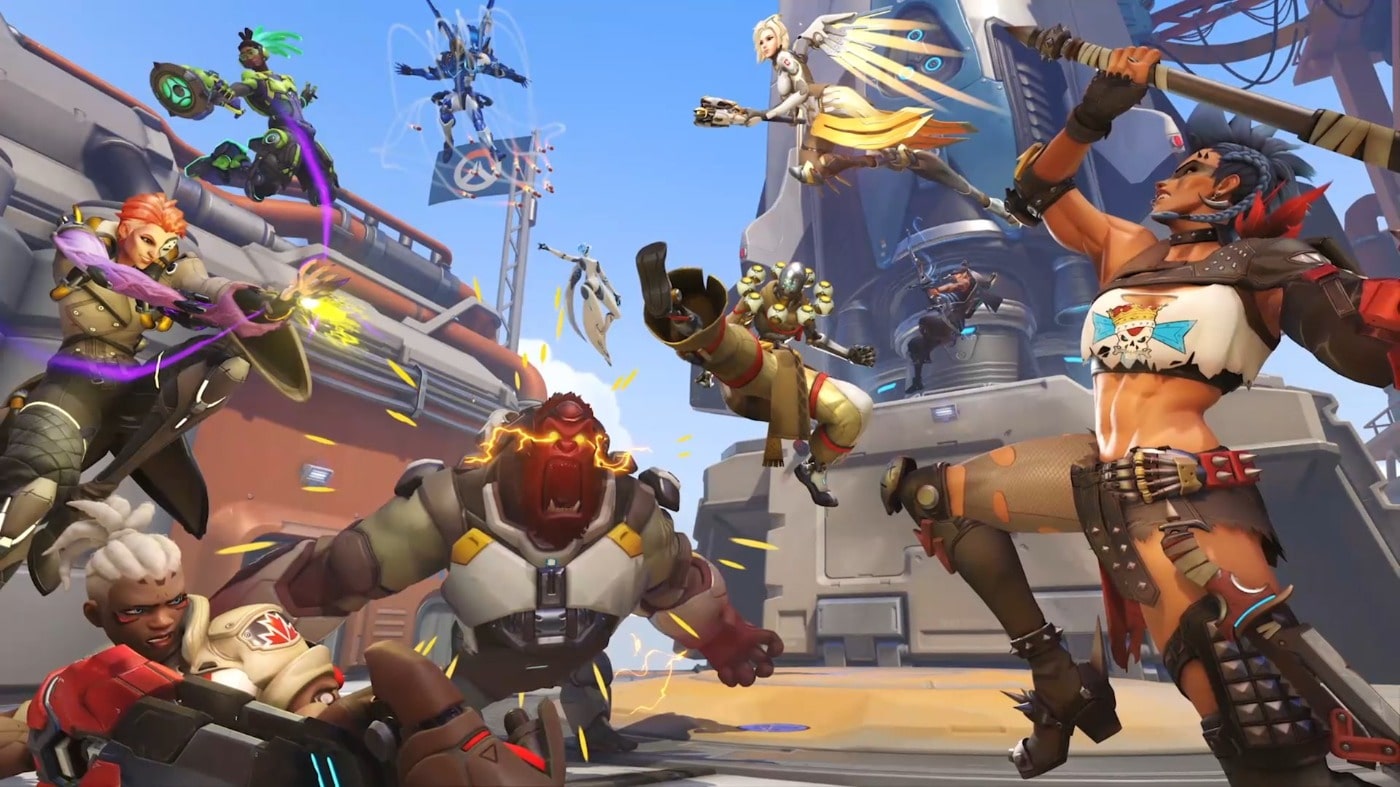
To keep up with the new additions, old heroes with aging kits have also received reworks. While they vary in scale, heroes like Orisa have seen complete overhauls of their abilities and core gameplay loops to fit into the 5v5 framework, while Doomfist has been reworked to fit into the tank roll. We’ve already seen a slew of these changes in the closed beta, but we can expect to see some more small scale changes to heroes like Symmetra and Moira by the time launch rolls around.
Competitive 2.0
While touched on briefly, Blizzard mentioned that there was a new focus on the overall competitive play experience within Overwatch 2. Namely, the movement to skill tiers as opposed to a hard number makes for a less granular and specific skill-rating, meaning you can see when players have put the time in to earn the ranks they’re placed in.
Additionally, there’s new emphasis on providing players with match details via the in-game scoreboard and post-match breakdowns that provide all sorts of info. These can be looked at while in-queue for your next game, and even save in your match history, meaning you can go back and pick up on the areas you need to improve on to constantly get better at the game.
Zero Hour
While there wasn’t much talk on Overwatch 2’s much anticipated PVE component, there were few key details discussed and a brief overview of what to expect. At the core of it is a story about Overwatch reassembling and getting back together in the face of the returning Null Sector faction.
The PVE maps will explore locations central to the lore and world of Overwatch and its characters such as Torbjörn’s factory. There will also be new PVE maps added with seasonal content drops, and you can expect multiple stories to be told that expand on the bright, futuristic world that Blizzard has created.
Lacking in Loot Boxes
One of the most surprising announcements was that Overwatch 2 will completely forego loot boxes, which is an idea that was popularized by the original game back in 2016. While we didn’t get too many details, Overwatch VP and commercial lead, Jon Spector, said there will be sort of shop system in place so that players can pick and choose what cosmetics they want to purchase. Whether or not this will involve an in-game currency or is strictly paid for is unknown, but more is to be revealed in the coming months.
There was also emphasis on the idea of making customization more personal and unique to every individual player. To achieve this, Overwatch 2 is leaning heavily into cosmetics such as gun charms, banners and the idea of Mythic Skins. Presumably, a solid chunk of these cosmetics should be earnable via each battle-pass that launches with every season, providing more core progression to the players who want it.
There was also confirmation that cross-play and cross-progression would have a place in Overwatch 2, meaning you can play on whatever hardware you like, play with whoever you like, and keep earning rewards.
One thing the team seemed really excited about was the inclusion of the all-new Mythic Skins. One tier above Legendary Skins, there will be one Mythic Skin added to the game every season, starting off with Genji in Season 1. What makes these skins special is that they’re customizable, allowing players to tweak and change how they look to personalize them and make them your own.
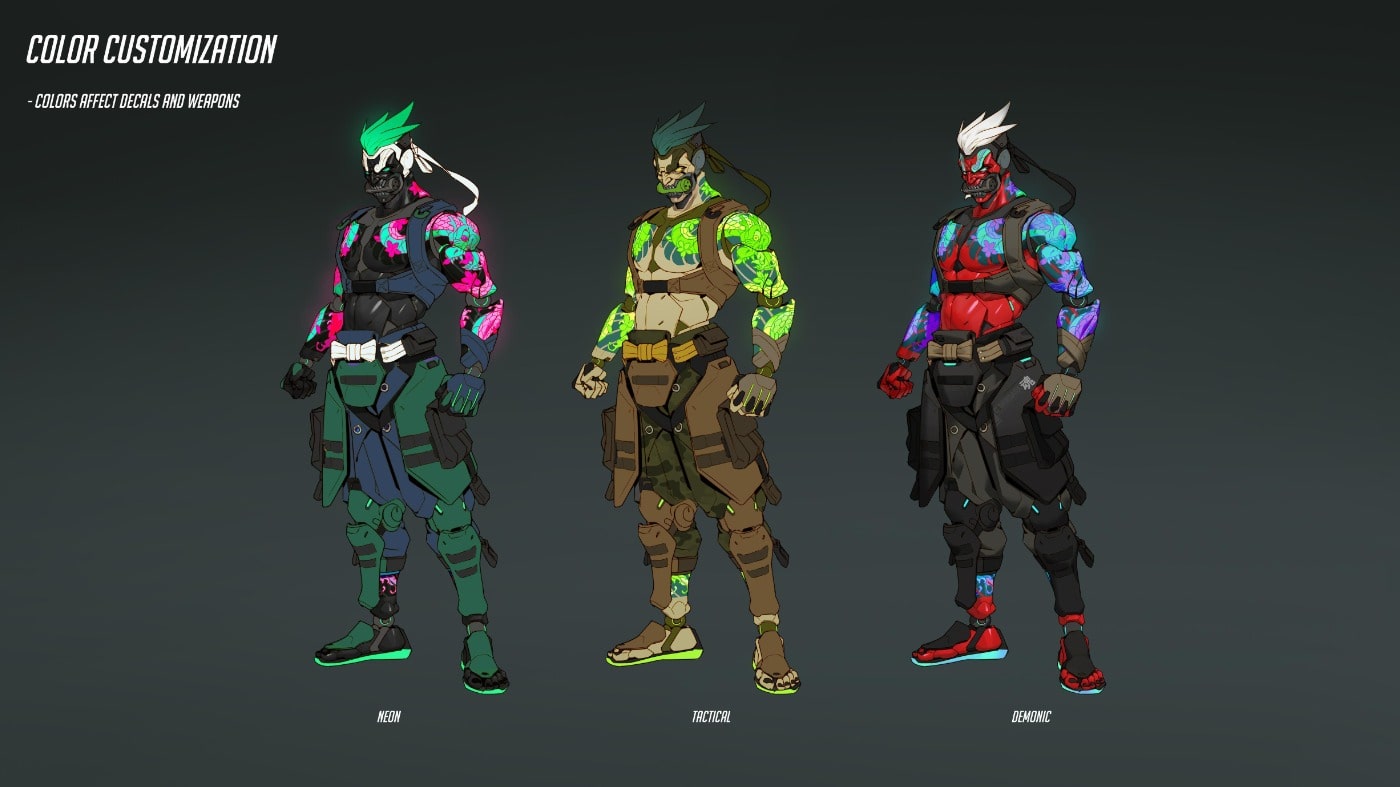
Trademark Polish
One thing that Blizzard undeniably got right with the original Overwatch was its presentation and production values. The game still looks great today, with a timeless art-style and hero designs that are bursting at the seams with personality. Instead of reinventing the wheel with Overwatch 2, Blizzard have opted to double-down, with a majority of the maps and hero designs receiving face-lifts.
Things like increased polygon counts, new hair and eye technology, better lighting and even the option for day and night time settings in certain maps. A bulk of the original cast are also receiving redesigns to communicate the time that has passed since the first game, and the state that Overwatch is currently in as a group.
We can expect this new level of fidelity and detail to be taken even further with the brand new hero designs, and maps, which are set in locations we haven’t seen in Overwatch before such as Rio and Portugal.
What About Overwatch?
For those asking about what’s going to happen to the original Overwatch in the future, the answer is quite simple. Game director Aaron Keller made it clear that when Overwatch 2 launches on October 4th, Overwatch 1 will transition and become a part of Overwatch 2. This means the first game in its current state will no longer be playable, but fan-favorite maps and modes will also be implemented into Overwatch 2.
While there’s still plenty to learn, this extensive look at Overwatch 2 sheds a light on what’s to come in the sequel when it launches on October 4th. Keep your eyes peeled in the coming months for more info on the likes of PVE and monetization.
